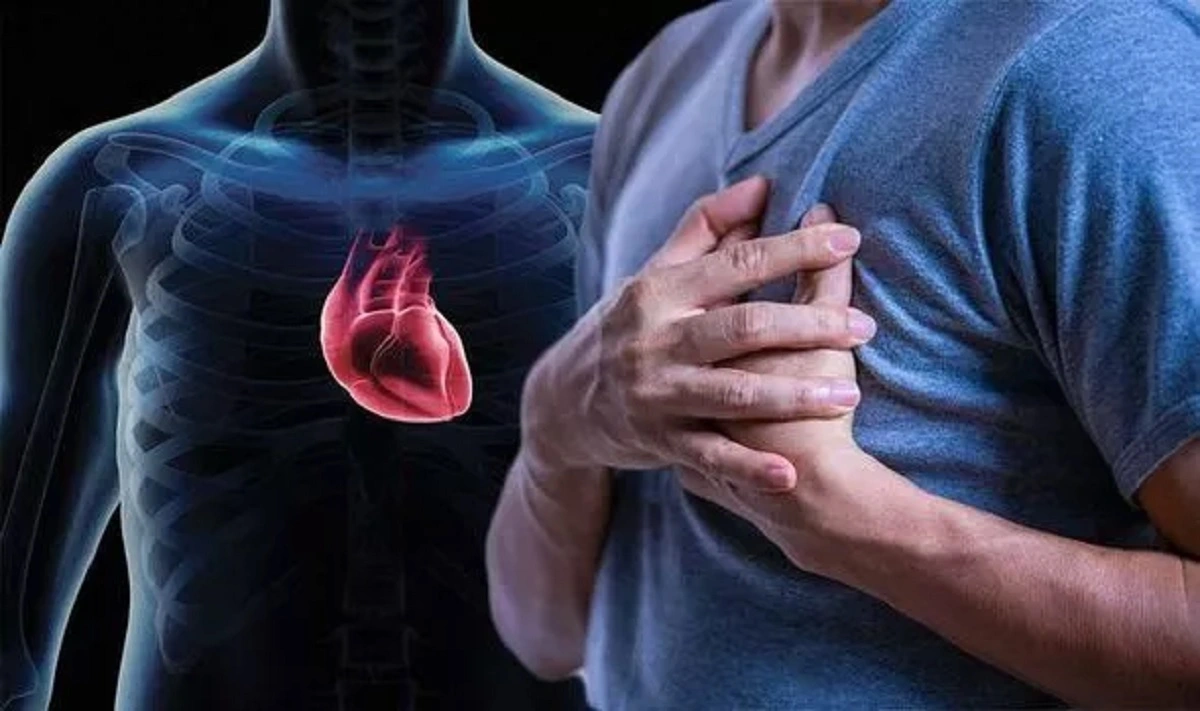
Heart Health Expert Explains 4 Steps to Treat Heart Failure
Heart failure, also known as congestive heart failure, is a chronic condition that occurs when the heart is unable to pump blood effectively based on the body’s need for blood and oxygen.
According to the National Center for Biotechnology Information (NCBI), the incidence of heart failure in India is increasing due to demographic, epidemiological and health changes. This prevalence may be due to an increase in coronary heart disease, high blood pressure, obesity, diabetes and rheumatic heart disease. This can be attributed to lifestyle choices that people have been making in the recent past. Therefore, it is important to make people aware of the ill effects of sedentary lifestyle.
What do you mean by heart failure?
Heart failure, also known as congestive heart failure, is a chronic condition that occurs when the heart is unable to pump blood effectively based on the body’s need for blood and oxygen. Inadequate blood supply to the cells causes fatigue, shortness of breath, and other symptoms of heart failure. In some cases, heart failure can be fatal, and it cannot be reversed. It is a progressive disease and can cause irreversible damage to the heart if left untreated. Although it is a serious condition that cannot be completely cured, the disease can be managed through medications, lifestyle changes, procedures and treatments depending on the stage of the disease. Medical technology has made it possible for end-stage heart failure patients to lead a normal and fulfilling life.
Risk factors and warning signs
Although heart failure is a common condition in the elderly, risk factors such as diabetes and high blood pressure are also increasing in young adults. Many factors can lead to heart failure, including diabetes, heart valve damage, congenital heart disease, high blood pressure, heart muscle disease, inflammation of the heart muscle, coronary artery disease, heart disease A family history of, and an enlarged or affected heart. There are several warning signs, including:
shortness of breath
Fatigue
get confused
Fast or irregular heartbeat
Swelling in the feet and legs
Decreased ability to exercise
Narrowing of blood vessels
Difficulty sleeping due to difficulty breathing
Loss of appetite
Management of heart failure in four steps
There are several ways to manage heart failure, with each stage depending on its severity:
Stage I or Stage A is considered the stage before heart failure. This usually occurs when the patient has a family history of heart disease or suffers from a medical condition such as high blood pressure, diabetes, alcoholism, etc.
Management: This stage can mostly be managed by making lifestyle changes such as being active by exercising regularly, quitting smoking and drinking alcohol, and controlling high cholesterol and high blood pressure through medication and lifestyle measures. Treating conditions like
Stage II or stage B is also considered to precede heart failure. This occurs when a patient is diagnosed with systolic left ventricular dysfunction (failure or enlargement of the left ventricle of the heart) without any symptoms of heart failure. It affects people who have heart failure or have a reduced ejection fraction, the volume of fluid that leaves the heart’s chambers.
Management: Stage B heart failure can be treated mostly with the same lifestyle changes as in stage A, as well as heart attack, congenital heart disease, valve disease, or obstructed coronary arteries. Conditions such as atherosclerosis can be treated with possible surgery or therapy.
Stage 3 or stage C refers to patients with heart failure who have or are currently experiencing symptoms of the disease.
Management: As part of their treatment, the steps taken in the previous two steps are combined with other procedures depending on their condition. Beta-blockers (medications to lower blood pressure), a salt-restricted diet, implanted cardiac defibrillator (ICD) therapy, and cardiac resynchronization therapy are some of the treatments available.
Stage IV or stage D refers to patients with advanced heart failure symptoms.
Management: Along with treatment for the first three stages, patients in the fourth stage may require a heart transplant, heart surgery or an LVAD (left ventricular assist device). An LVAD (Left Ventricular Assist Device) is a mechanical pump that is implanted in patients with heart failure. It helps the left lower chamber of the heart pump blood out of the ventricle into the aorta and the rest of the body. It restores blood flow to the weakened heart.
It is important for one to strictly and regularly follow their treatment plan and take steps to prevent the disease from progressing. It can help patients improve their quality of life with the right emotional support and medical advice.
